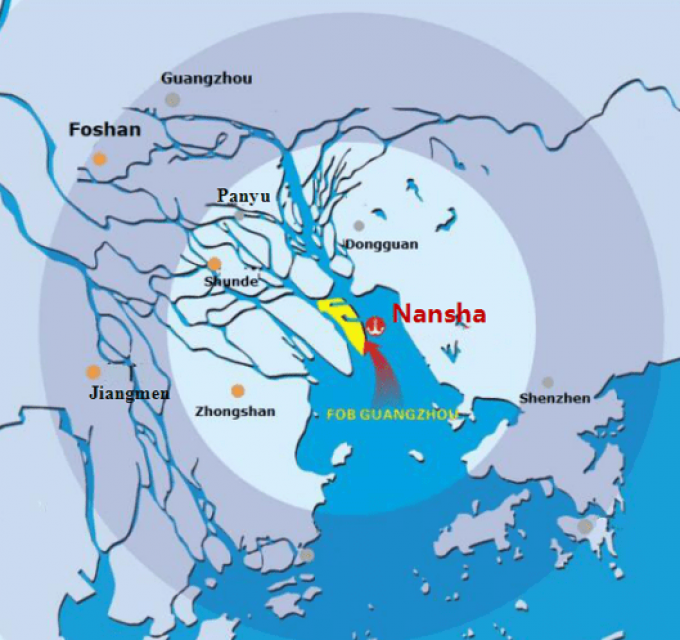Container shortage worsens as box ships avoid Chinese ports that need empties
The availability of containers at southern Chinese ports continues to deteriorate as carriers omit calls ...

After the dust of 2020 has settled
Last year will go down in history as one of the most un-traditional years for a very long time.
While 2020 began as normal for the rest of the world, China announced in early January that it had been hit ...

Comment on this article